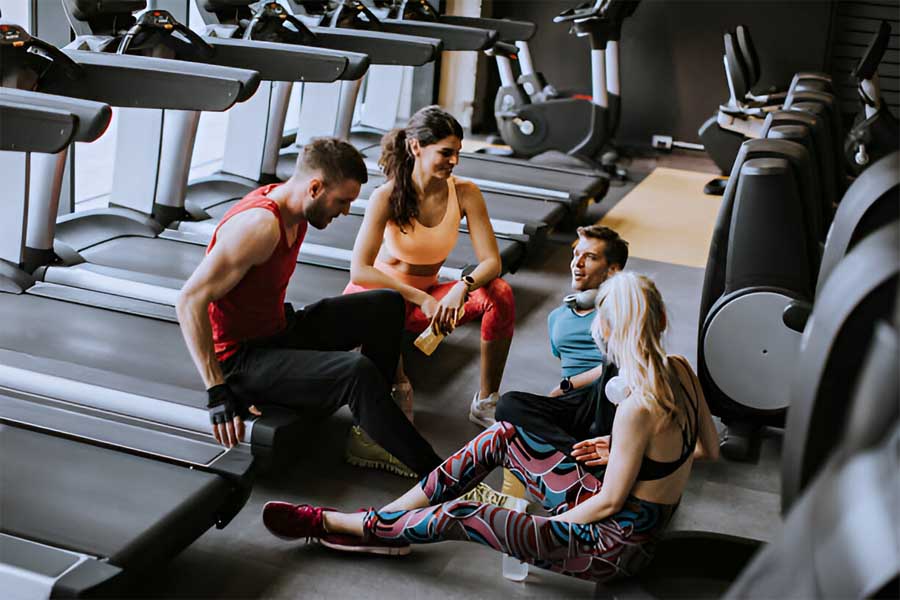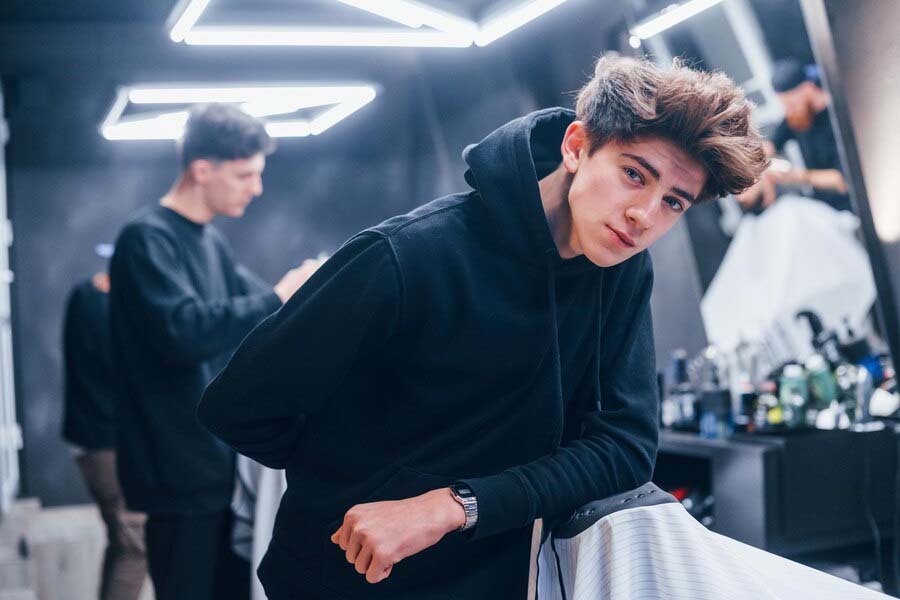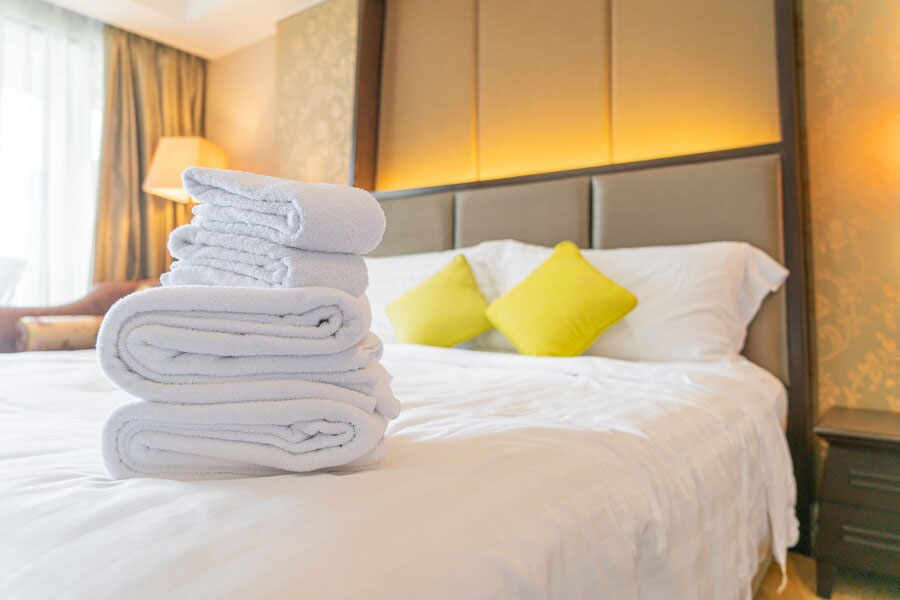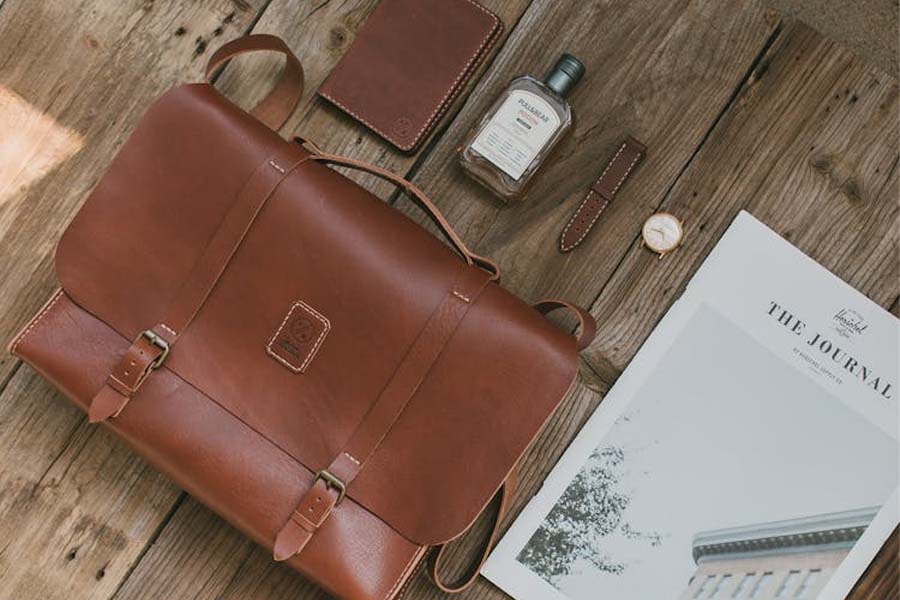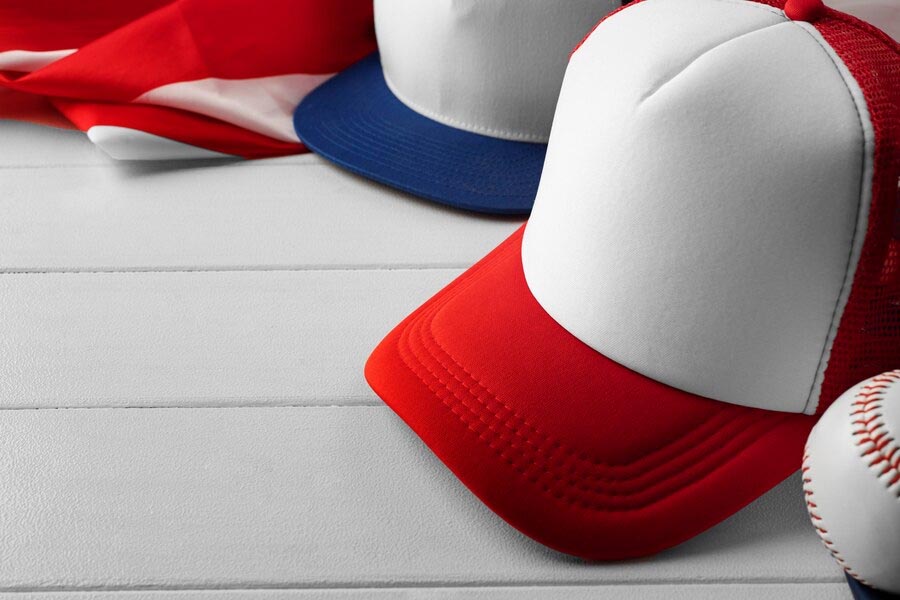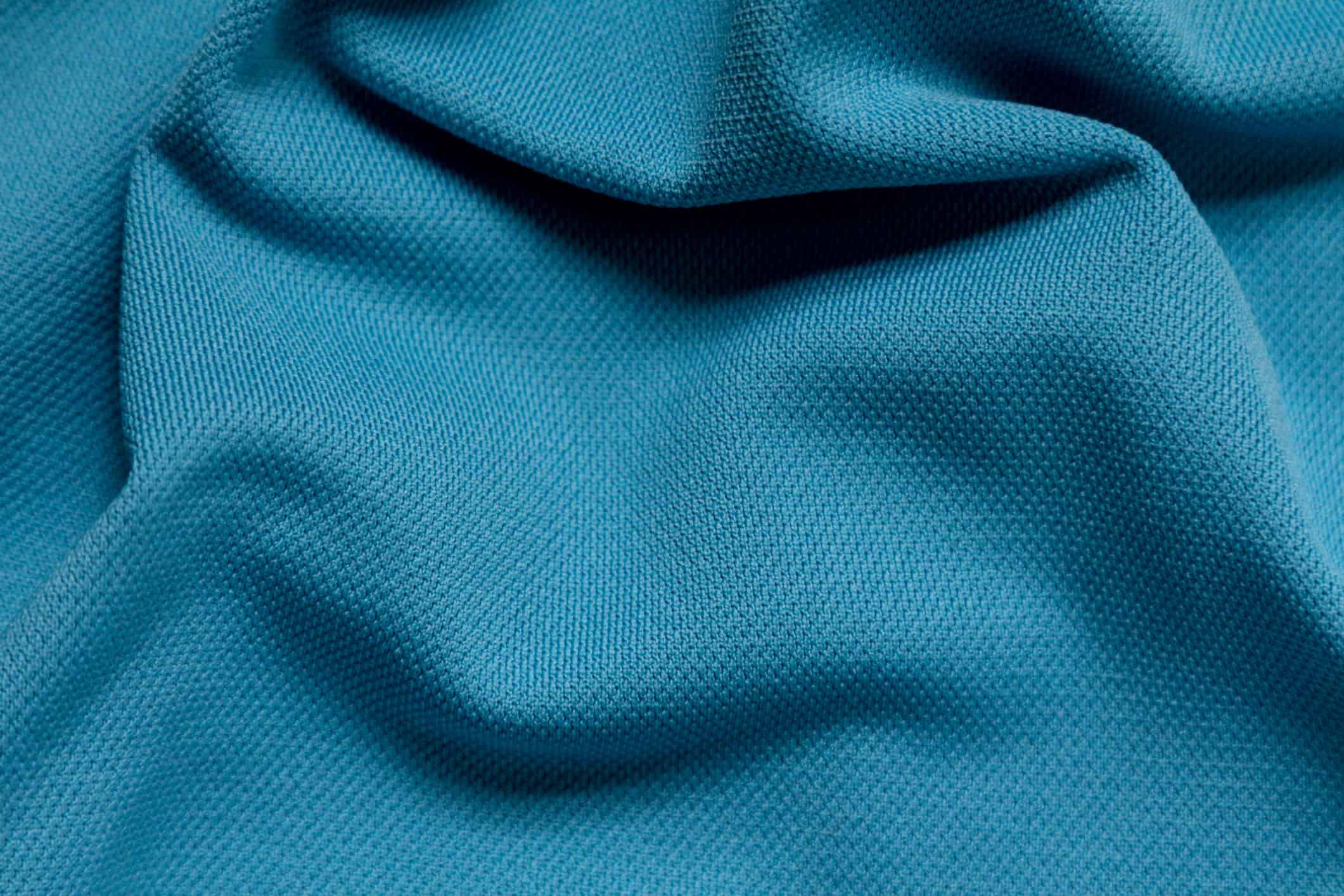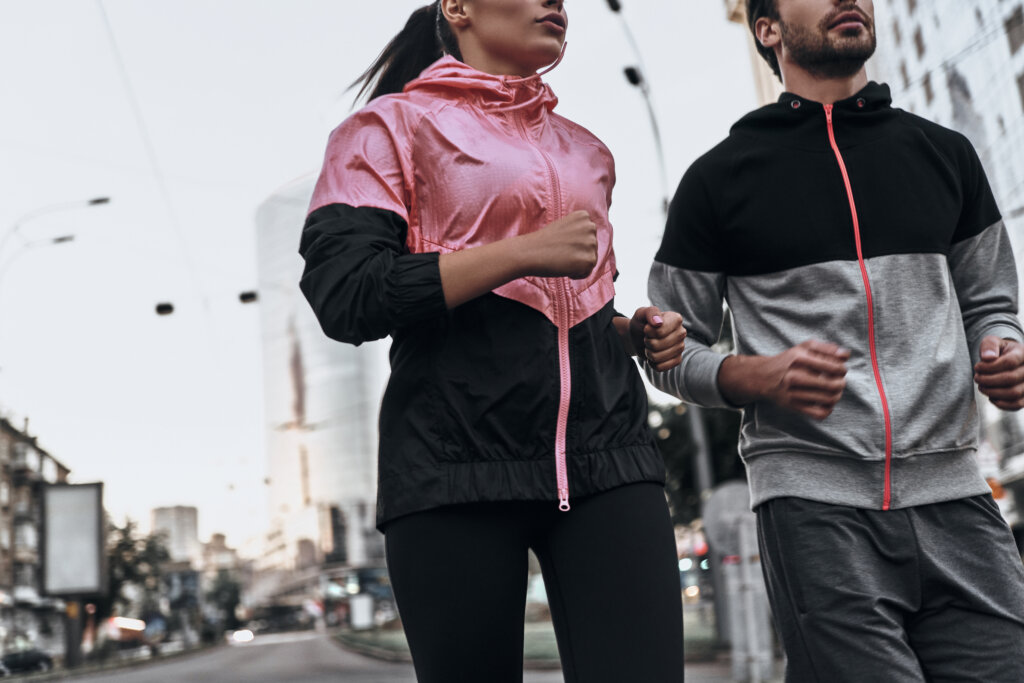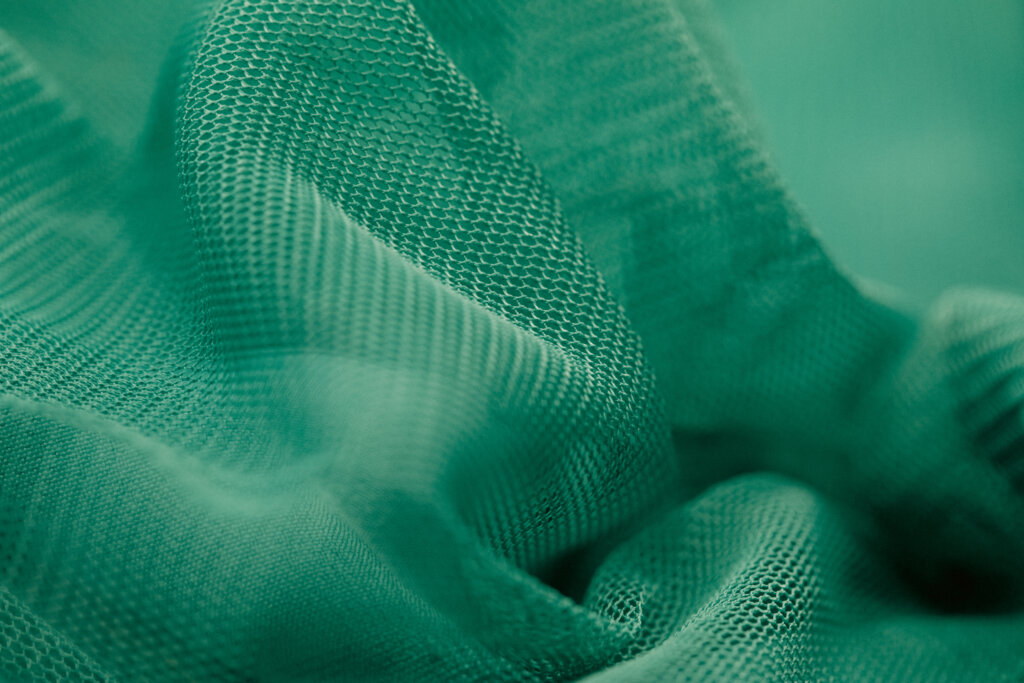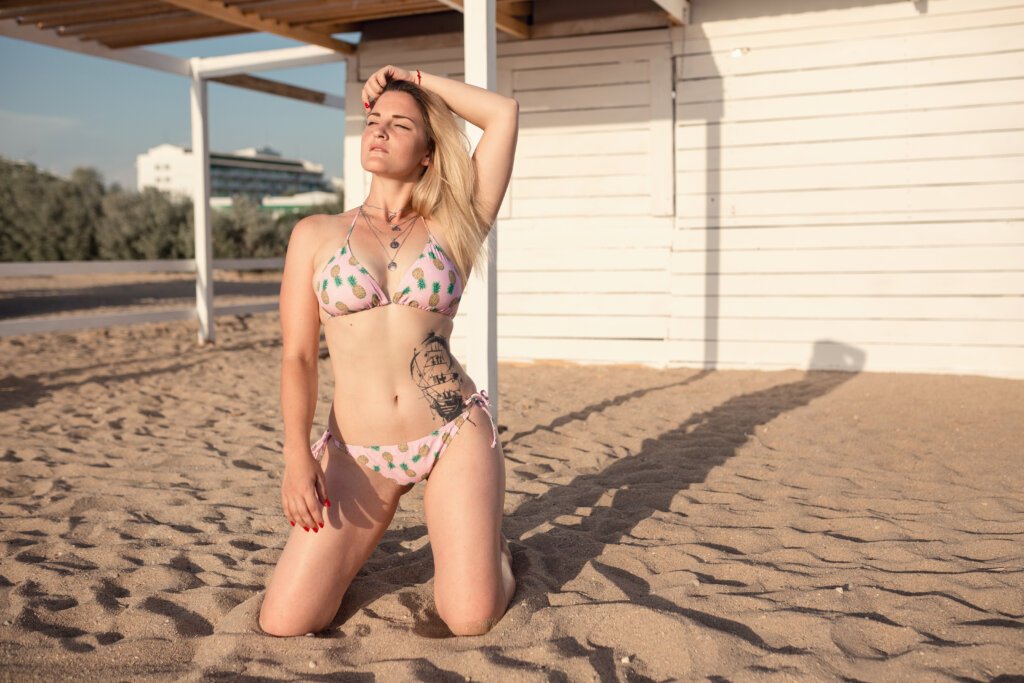
Everyone knows the age old adage that good help is hard to find, but no one understands that more than job recruiters and hiring managers.
The difficulty isn’t trying to discern if someone has the skills necessary to fulfill the required position, instead the problem is finding candidates who will fit into the company’s culture.
So how can you be sure you’re hiring the perfect candidate when you’re putting an offer on the table? We have 7 essential practices to follow when hiring new employees that’ll help you decide if someone is a good fit for your company.
7 Essential Practices When Hiring New Employees
Sarah Daren
Everyone knows the age old adage that good help is hard to find, but no one understands that more than job recruiters and hiring managers.
The difficulty isn’t trying to discern if someone has the skills necessary to fulfill the required position, instead the problem is finding candidates who will fit into the company’s culture.
So how can you be sure you’re hiring the perfect candidate when you’re putting an offer on the table? We have 7 essential practices to follow when hiring new employees that’ll help you decide if someone is a good fit for your company.
1. Clearly Describe the Position to Be Filled
The hiring process isn’t fun, but it’s something that needs to be done. Whether you are interested in hiring from within or you are placing an ad on an internet job board, you want to make sure you clearly describe the position that needs to be filled and follow best practice job description guidelines.
In the posting, you’ll want to choose a job title that reflects the duties that are being performed and the rank of the position within the company. For example, a good job title would be “Senior Mechanical Engineer,” whereas “Mechanist” is too broad and nondescript.
Next, you’ll want to go list the duties and responsibilities associated with the position, as well as how much time (in percentages) will be associated with each task. For example, quality assurance 50%, mentoring and training 25%, interfacing with clients 25%.
Then you’ll want to talk list the minimum skills and qualifications the candidate needs in order to be considered for the position. Some companies will even list competencies like being able to be a strong communicator, forward thinking, or problem solving.
Finally, the job description should include a salary range and benefit package. Some things you can mention when talking about your benefit package includes:
- How many days of PTO (paid time off), or sick, personal and vacation days offered?
- Does your company offers medical coverage and if so, what kind (health, dental, vision)?
- Does your company offer a retirement package or 401(k) benefits?
- Does your company support mental health? If so, how?
While not every company offers mental health support, it is becoming a common trend, especially considering our nation’s current state of mental health. For example, as many as 5% of Americans experience Seasonal Affective Depression which causes people to feel depressed, anxious, and have low energy (among other symptoms), all of which could reduce productivity. By offering mental health support, the company is doing their part to ensure their employees are in the right frame of mind, not just for work, but for their overall well-being.
2. Plan a Recruitment Strategy
Once you’ve written your attractive job description that’ll attract the right candidates, you’ll want to set up a recruiting plan meeting and other best practice tactics for hiring that includes the key employees looking for the new help.
This means setting up a meeting with the hiring manager, the manager that will be in charge of the new employee, and someone from the human resource department.
Generally, most companies will do this via email. In the meeting or emails, you’ll want to discuss when the position needs to be filled so that you can plan accordingly.
3. Promote The Position to Attract Candidates
If you are searching from within, you don’t have to be too aggressive with the advertising.
However, when you are searching outside the company, you have many options available to you. You can do online job boards and Craigslist, industry-specific publications and newsletters, local newspapers, and many more.
4. Carefully Go Over Candidate Applications
As the applications begin to pour in, take your time, you don’t want to rush this part of the process.
You can do a cursory scan over the application to see if the candidates have the skills required and you can set them aside. Then, you will want to take a closer look at these applications to look for the skills that will be useful for the position. Techcrunch also recommends screening for qualities that’ll help them fit into the company’s culture.
5. Structure The Interview
Before you begin interviewing, you’ll want to outline what you’re going to go over during said interview.
The first thing you should do is to think about what kind of person you want to hire. The Harvard Board Review recommends that you look at your top performing employees to see what qualities and attributes they possess that makes them good at what they do. Figure out what they all have in common so that you can find individuals who have similar attributes.
Next, you will want to compile a list of questions you will want to ask the potential employees. These questions can include:
- Tell me about your greatest career-oriented achievement. This will give you an idea of what the candidate feels is important.
- Describe your ideal work environment. This will give you an idea if they would fit in with your company’s culture and work environment.
- What was a major obstacle that stood between you and your goals. How did you approach the problem? This will give you an idea of the candidate’s past work performance and it’ll also help you assess their problem-solving skills.
- What interested you in this position? This will give you some insight as to what this person values and motivates them.
- What did you like least about your previous (or current) place of employment? This will give you a glimpse of whether or not the candidate would be a toxic employee.
6. Schedule and Conduct Interviews
Now the fun begins. You can begin scheduling interviews. We recommend keeping an open mind for each candidate and have realistic expectations as well.
It would be amazing if the first interview was with the ideal candidate, but it rarely works out that way. During your interviews, you will want to go over:
- Background about the company
- Company’s mission statement
- What the work environment is like
- Job details
When you are conducting the interviews, take notes of each candidate. Jot down things that stick out to you (good or bad) so that you can go over them with the key people who will play a role in the hiring process.
After discussing who would be a good fit, you can set up additional interviews if you’d like, or you can put an offer on the table.
7. Welcome The New Employee
Once the hiring team settles on who the right candidate is for the job and the company, you can welcome them into the fold!
During the orientation period, you’ll want to go over the “rules” of the company. This includes requesting time off, if working from home is a possibility, and even what kind of behavior is and isn’t acceptable at the workplace – this includes onlining communication.
It’s important to press upon your employees that they should conduct themselves in a professional manner when sending emails to one another, and any form of harassment or cyberbullying will not be tolerated.
With that said, make it clear to your new hire that they can go to their supervisor or human resources if they feel they are being bullied by other employees. If you have a welcome packet or welcome email, you can include links to resources for bullying such as:
- Tulane University’s 2018 Guide to Cyberbullying Awareness
- WorkPlaceBullying.org
- StopBullying.gov
Hiring new employees is something that every business will have to go through. However, when you are prepared and know what kind of person you are looking for, the hiring process isn’t nearly as gruelling.
By having a clear hiring process that includes these 7 practices, you’ll be able to find the people who are the best fit for the position needing to be filled, but people who will help make your company flourish.






